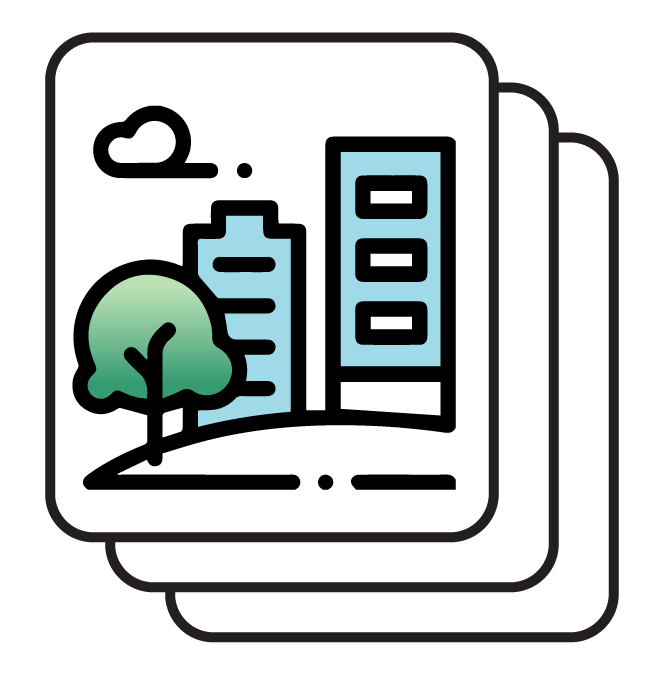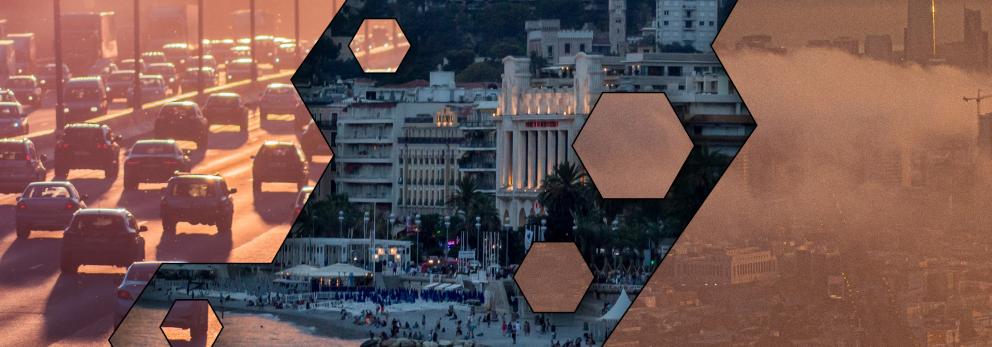
Every day, an average human processes 11,000 liters of air, whose quality is often unhealthy in urban areas
This has a considerable impact on Citizens’ health as air pollution increases the risk of cardiovascular and respiratory diseases, cancer, obesity, but also neuropsychiatric diseases such as Alzheimer or Parkinson’s disease. Air pollution also has an impact on climate change, depending on the nature of the pollutant, which can include Carbon dioxide (CO2), Azote dioxide (NO2), Sulphur dioxide (SO2), Ozone (O3), and atmospheric particulate matters (PM). These pollutants are mainly emitted by the transportation or the industrial sectors and by residential buildings. Similarly, urban noise pollution leads to adverse effects on humans and other living organisms such as sleep disturbance, stress, high blood pressure and heart diseases affecting citizens well-being. These impacts of air pollution on the citizens health or on climate change are the main reasons pushing towards an evolution of our vision of mobility and for a smarter and more sustainable strategy. Therefore, some European cities have initiated programs to improve air quality by reducing the negative impacts of transport on our life’s quality. Among these cities, Nice, winner of the national prize “Smart City and green growth” in 2018, which has been and is still leading the transition towards smart transportation solutions and promote local innovations from mobility stakeholders.
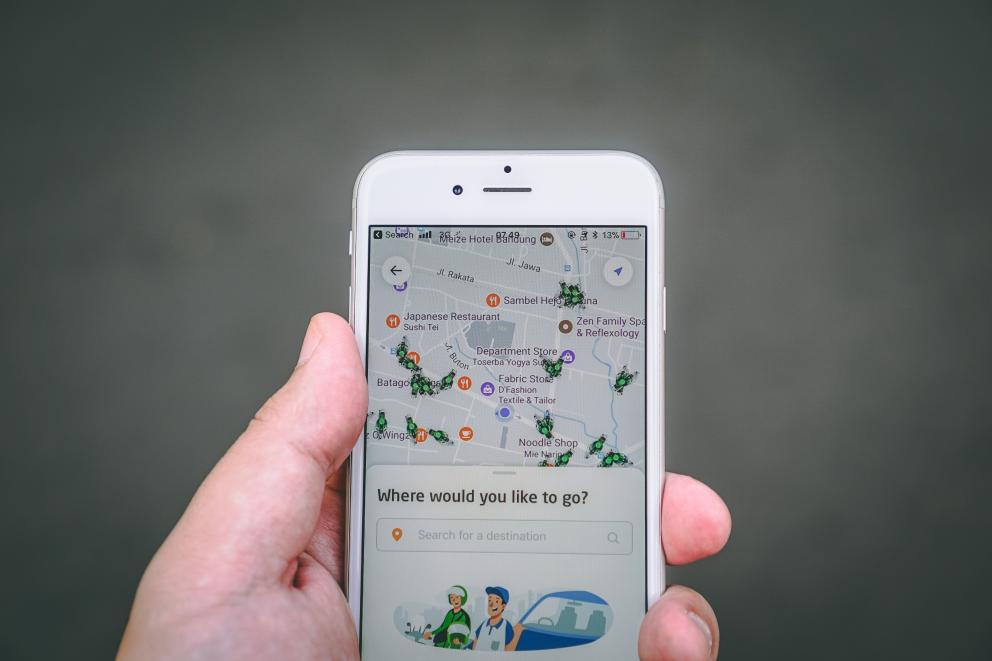
Indeed, new modes of transport have emerged in the last decades, such as electric vehicles, car and bike sharing, on demand and autonomous driving… At the same time, our need for mobility itself has evolved, notably with the development of remote working, social networks or e-commerce. As a result, transportation offers have been diversified and adapted to these novel needs. As an example, thanks to specific mobile applications, we can now go to work after having determined, what is the optimal sequence of transport modes depending on the desired arrival time. We also sometimes receive notifications and recommendations for alternative transport on days when pollution is too high, to limit the impact of our mobility on the environment.
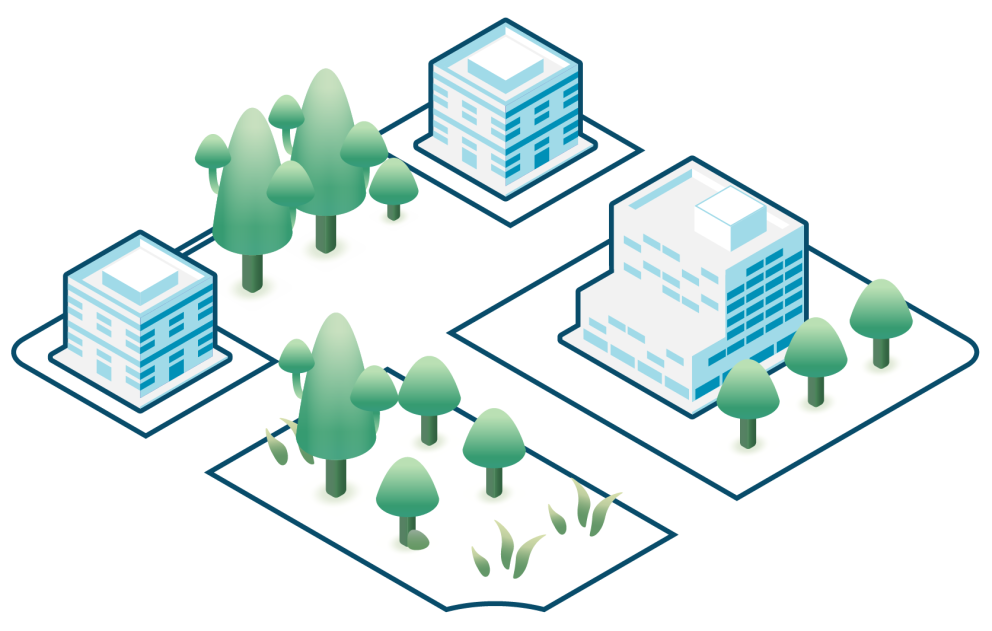
Within the GreenMov project, the city of Nice aims to reduce the impact of transportation on air and noise pollution by leveraging the latest innovations in terms of data storage and artificial intelligence. Indeed, the city of Nice has deployed a dense network of air quality sensors, noise sensors and traffic counter devices that can now be used to improve the Citizens well-being and reduce their exposition to pollution. Imagine you are usually driving to the city center for work, as thousands of people per day, but this morning, you receive an alert that recommends you change your habits, park your car in a multimodal hub and then take a free bus or a shared bike to get into the city center. Indeed, in the background, GreenMov partners solutions have forecasted traffic jams, air quality and noise pollution, which allowed them to send recommendations to the local authorities to increase the frequency of electric buses going into the city center at specific times in order to decrease the impact of traffic on citizens wellbeing. The GreenMov project and its partners aim to bring to reality this use case and to pave the way towards a smarter and more pleasant city.
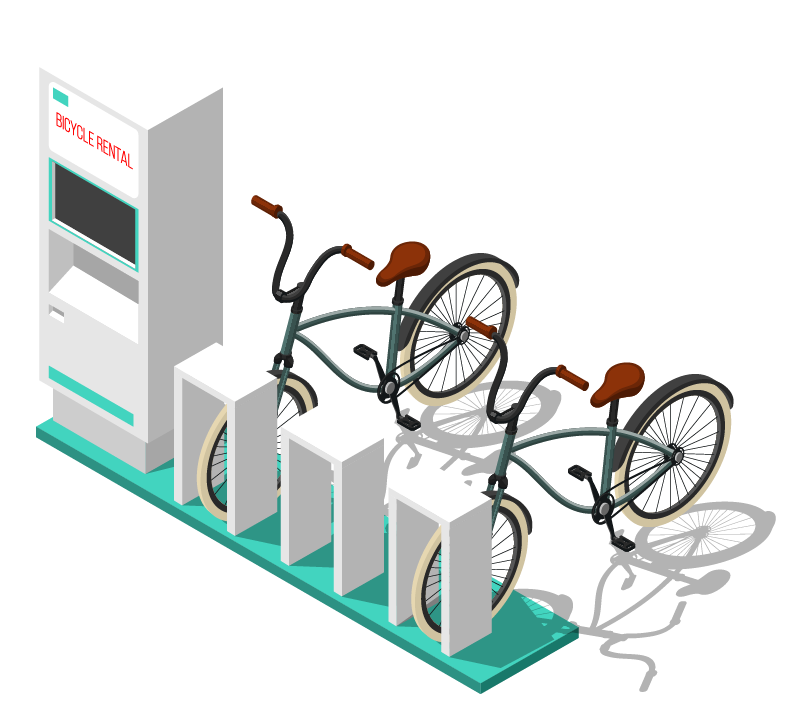
Concretely, in Nice, we will use air quality, noise and traffic sensors from the city and its partners such as Atmosud and Agora to train Artificial Intelligence algorithms that will forecast every hour the air pollution, the noise annoyance and the associated car traffic to provide recommendations to the local authorities and the car drivers. Recommendations will include the proposition to allocate more of public transport, to ask citizens to share cars and to use public electric buses or public bikes, or to increase or decrease the traffic light periods to reduce pollution in the targeted area.
However, the challenges to make such use cases a reality are numerous: data collection, data processing, data storage and accessibility, weather and pollution forecasting, etc… Furthermore, GreenMov partners are working hand in hand with local authorities to ensure that the solutions provided to overcome these challenges can be replicated seamlessly to any other locations. This requires a perfectly interoperable solution with state of the art standards, such as NGSI-LD standard (Next Generation Service Interfaces-Linked Data), that aims to create an organized world of data in which all data are interoperable, well described, and linked with each other to ensure compatibility with existing or future innovative services. In a nutshell, it will guaranty that all the solutions provided by GreenMov for Nice can be fully replicated in a different city and even in another country. The reason for this interoperability requirement lies in the fact that despite a large amount of data and mobility services offered in recent years, difficulties remain as each city and mobility actor publishes data using different formats or models, making the task of multimodal mobility solution providers more complex as they struggle to access to data of other stakeholders. As a result, mobility solution providers have to adapt their systems to the data formats of each city or even of each stakeholder, otherwise their service and innovations will not be accessible to citizens. Therefore, it is still a long way to go to improve the interoperability between the services offered in European cities or regions. In order to meet this challenge, the GreenMov partners will showcase that all stakeholders are ready to harmonize data related to the environment and mobility, and to develop intelligent and sustainable mobility services that apply equally to all European cities. Although the city of Nice was already ahead of the game in terms of data interoperability as it was the driver of different European projects aiming to deploy interoperable city monitoring solutions based on FIWARE NGSI specifications, recent technical developments are pushing the Metropolis of Nice and his partners such as IMREDD (Université Côte d’Azur) to be proactive and to implement state of the art standards such as FIWARE NGSI-LD, that will then be replicated in other European cities.
